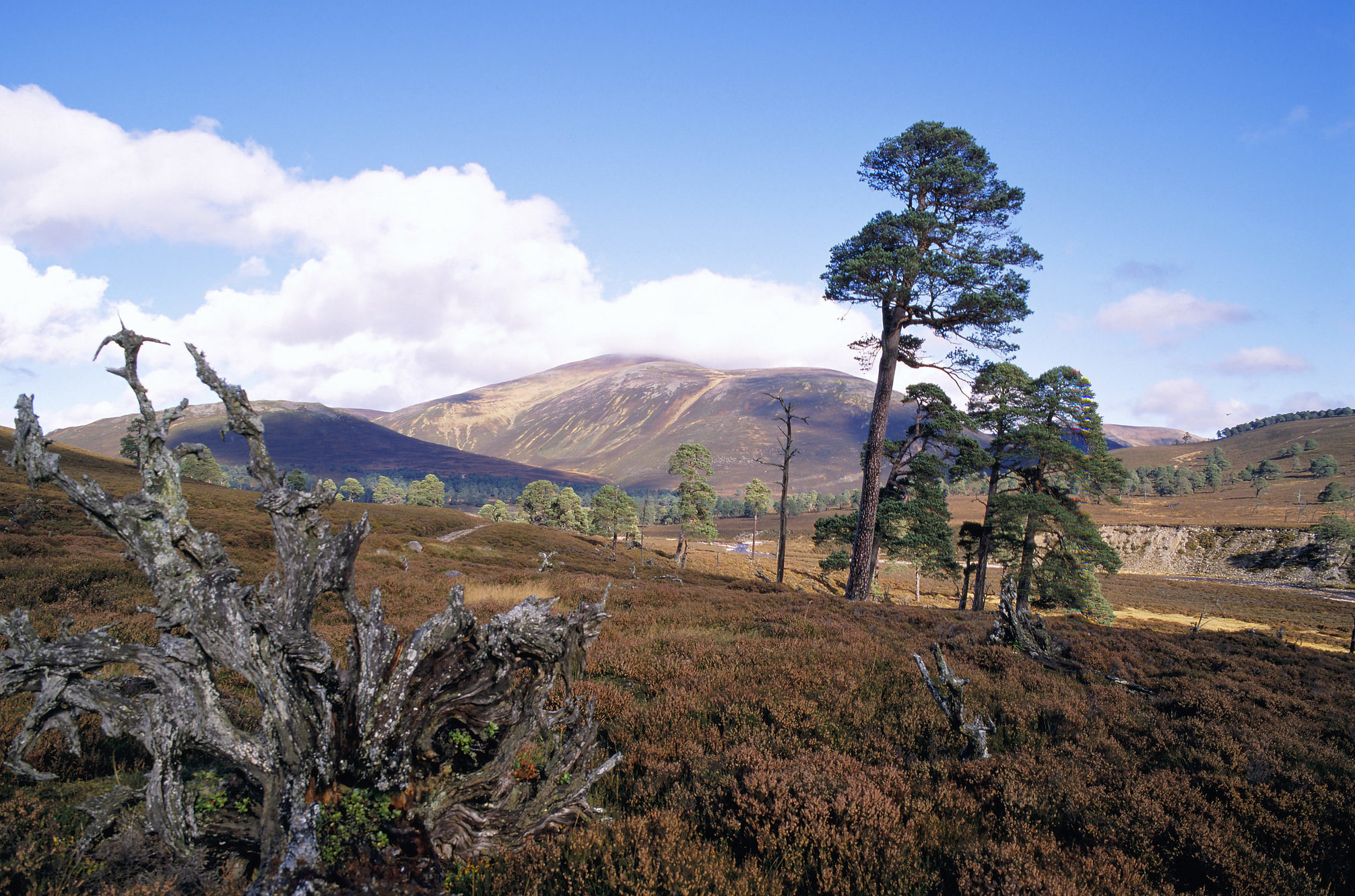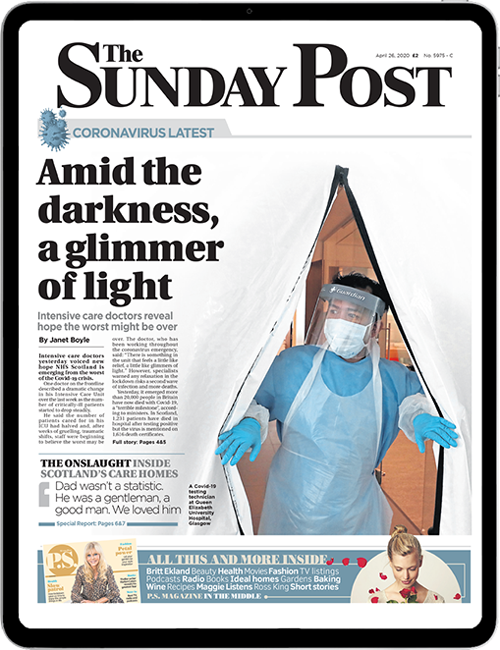
PREHISTORIC Scots headed to the Cairngorms for a spot of camping, archaeologists have discovered.
An 8,000-year-old site uncovered in the mountain range suggests our Stone Age predecessors were heading to the hills for “short stays”.
Experts analysing a site on the Mar Lodge Estate in the Cairngorm Mountains – which was discovered by chance by footpath maintenance workers – believe it may have once been home to a small tent where people stayed for a night or two.
One theory is the hunter-gatherer people of the Mesolithic period – also known as the Middle Stone Age – used it as a base when visiting the mountains.
Professor Graeme Warren, of University College Dublin, who led the research said there was no sign of any remnants of a building at the site at Caochanan Ruadha.
But he said: “We think what we have is a very light structure, we have reconstructed that from having a central fire setting and then the distribution of the stone tools shows a sharp oval, a clearly defined edge.”
The findings of the research, published recently in the Journal of Archaeological Science, conclude that the Mesolithic people stayed there only on a short-term basis.
Professor Warren said analysis of the flint tools had suggested the activities carried out included hunting and butchering animals around the fireplace, as well as repairing of toolkits.
But he said pinpointing why they were there in the first place was more difficult.
He said: “They may have gone up there specifically for hunting or they may have gone up there because it is a natural corridor taking you across from the east to west of Scotland, and while they were there they did some hunting because they were hungry.
“The reason they were so high up in the mountain is hard to tell.”
Professor Warren said even having found the site in the first place was extremely unusual – and happened completely by chance.
Professor Warren said: “The initial discovery at two of the key sites were by people who were sharp-witted enough to realise it was something of interest.”
He said one mystery was it appeared the campsite was in use around 6,200BC – which coincided with a major cold snap across Europe.
“A number of people have argued the impact of that was so severe in Scotland, that it led to hunter-gatherers retreating from Scotland at that time,” he said
“That is exactly the time period that we have people up in the Cairngorm Mountain.
“The site is under snow until March at the moment – if it was significantly colder who knows how long it would have been covered in snow.
“Of all the periods you might expect people to be up in the mountains, it doesn’t make sense.”
Derek Alexander, head of archaeological services at the National Trust for Scotland, said the site on the Mar Lodge Estate was a rare find.
“It’s likely they were up there looking for resources or following game, and it is still an area for hunting.
“You can see small tents in the middle of glens in Scotland today and that’s probably what they were doing around 10,000 years ago.”
A Copper Age traveller mummified in the Alps more than 5,000 years ago ate fatty meat to fend off the cold.
Researchers discovered Otzi the Iceman, left, who was found by tourists in 1991 on a peak near the Austrian-Italian border, had eaten a last meal of goat fat and red deer meat. They believe he was eating only the fattiest parts of the meat to protect him from the freezing temperatures.
Albert Zink, head of the Eurac Institute for Mummy Studies, said: “The high and cold environment is particularly challenging for the human physiology and requires optimal nutrient supply to avoid starvation and energy loss. The iceman seemed to have been fully aware that fat represents an excellent energy source.”

Enjoy the convenience of having The Sunday Post delivered as a digital ePaper straight to your smartphone, tablet or computer.
Subscribe for only £5.49 a month and enjoy all the benefits of the printed paper as a digital replica.
Subscribe